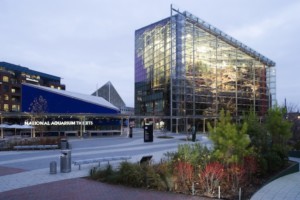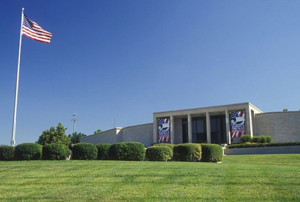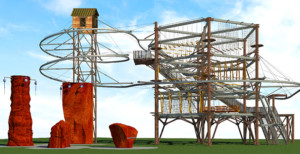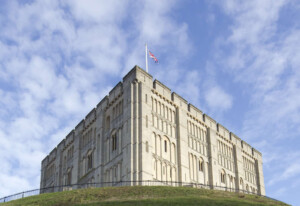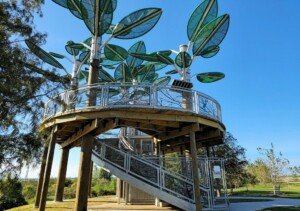Many historic sites in Scotland are at high-risk of being badly damaged due to climate change and are in need of protection, according to a report from Historic Environment Scotland.
The agency is a public body charged with the investigation, care and promotion of 336 historic sites in Scotland. The report, ‘A climate change risk assessment of the properties in care of Historic Environment Scotland’, has used data from the Scottish Environment Protection Agency, the British Geological Survey and Historic Environment Scotland’s (HES) own site surveys to generate a detailed assessment of every site.
It outlines a new approach for assessing climate change risk that places current risk from natural hazards at the forefront of the analysis. The frequency and severity of these hazards, such as flooding and coastal erosion, are closely linked to changes in the climate.
The report gives red warnings for nearly 20% of the agency’s sites while another 70% have been given amber, or high-risk, warnings.
Twenty-eight sites have been identified as at the greatest risk due to not being properly protected. These include Fort George, Inchcolm abbey and Inchcolm island and the Brough of Birsay. The report states that these sites are at an “unacceptable level of risk exposure that requires immediate mitigating action”.
Edinburgh Castle received red warnings for the risk of landslide and groundwater flooding while Glasgow cathedral, the Maeshowe chambered cairn on Orkney, the Viking village of Jarlshof and the Neolithic village of Skara Brae also had risk areas given red ratings. However, as these sites are under constant supervision by HES, their overall rating was lowered to amber.
Another location given an amber risk rating was Holyrood Park in Edinburgh – where Arthur’s Seat and Salisbury Crags can be found. The report states that the park is at risk of being damaged by landslides and flooding.
The data used to produce the report has been collated into a database which will be constantly updated so the agency can track the risks faced by its sites. This information will be used to prioritise investment through conservation and maintenance programs.
Ewan Hyslop, Head of Technical Research and Science at HES, said: “Climate change poses a number of very real threats to Scotland’s historic environment, from an increased frequency of extreme and unpredictable weather events to rising sea-levels.
“As well as this, average rainfall in Scotland has risen by more than 20% since the 1960s, with historic buildings particularly susceptible to the accelerated decay this can cause.
“It is important we’re well equipped to deal with these challenges, and the Climate Change Risk Assessment report enables us to better understand the risks we face and enhance the knowledge we have to help protect and preserve Scotland’s historic environment for future generations.”






